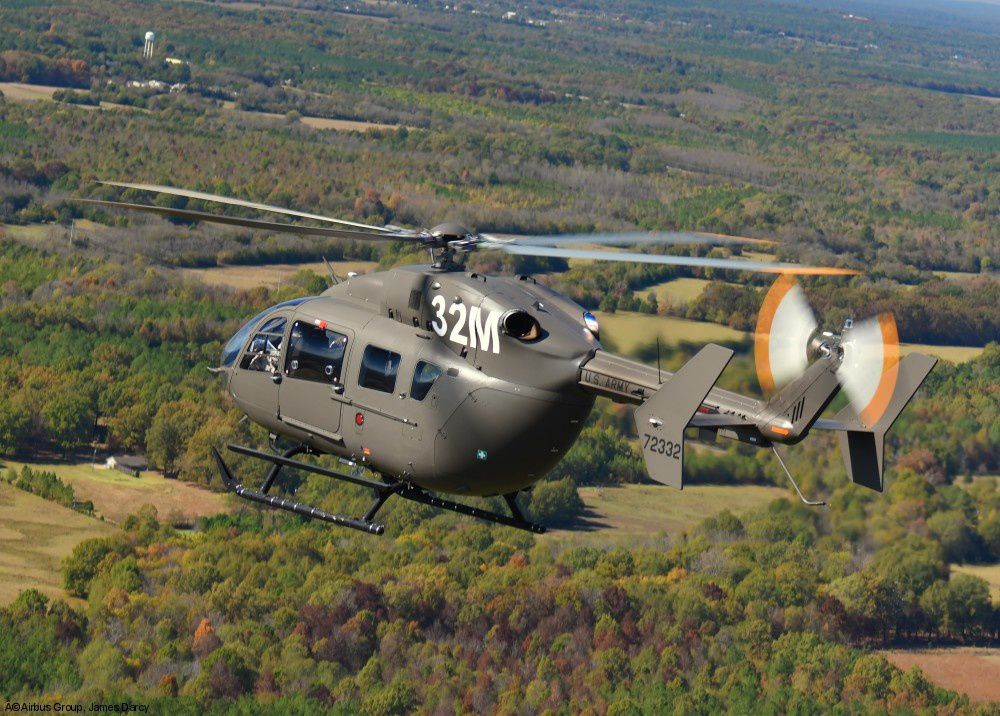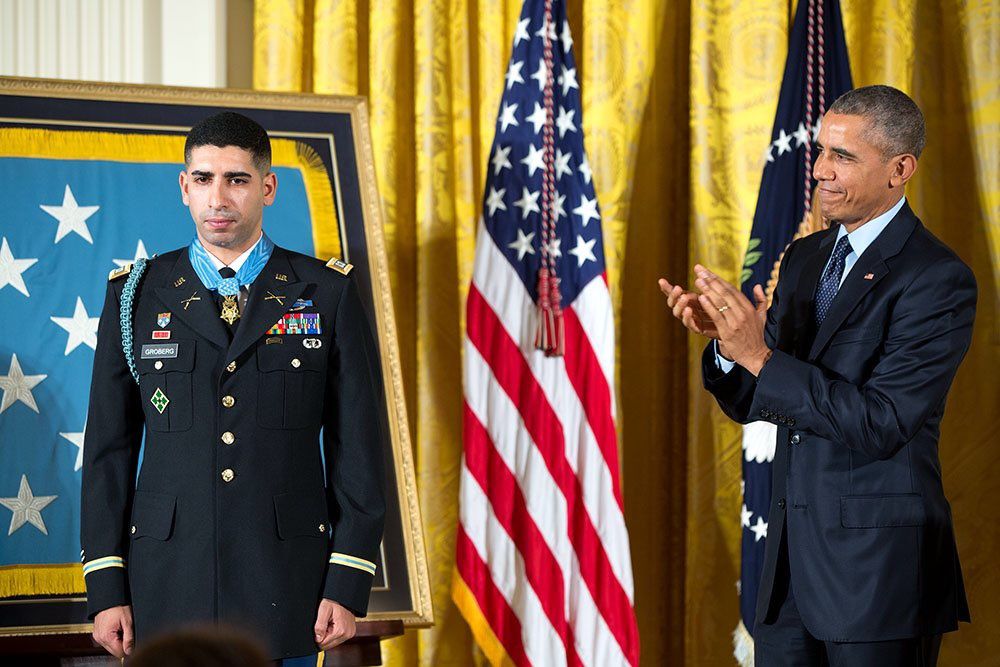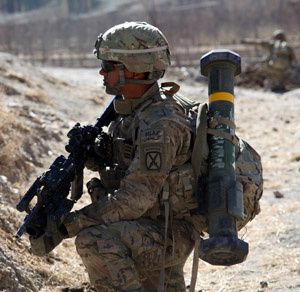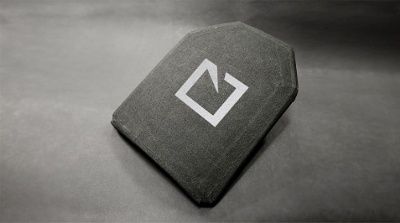November 11, 2015: Strategy Page
On October 28th a JLENS (Joint Land Attack Cruise Missile Defense Elevated Netted Sensor) blimp undergoing testing at a U.S. Army base in Maryland (north of Washington DC) broke loose and drifted for nearly four hours and 240 kilometers until the deflation device (for such emergencies) activated and brought the blimp down. Because the blimp was dragging about 2,200 meters of tether (the cable that keeps the blimp in one place) some 26,000 civilians in its path (rural Maryland and Pennsylvania) lost electrical power for hours as the tether shorted out power lines. There were no injuries but all the damage and disruption is going to cost the army nearly $200 million. It is also likely to get the JLENS program shut down. While there have been JLENS type systems suffering runaway blimps in Afghanistan and Iraq, these did not make the news and were recovered and soon back in service. But a runaway blimp not far from the American capital is another matter. There were originally supposed to be 16 JLENS systems built by now but for a number of reasons there are only two and the other is in storage. JLENS technology has been useful even as JLENS itself has had many problems. The latest wandering blimp incident may prove fatal for JLENS.
Since the 1990s the U.S. Department of Defense has spent nearly $3 billion to develop JLENS a system that used tethered blimps to carry radars that could spot low-flying aircraft like helicopters, small planes and cruise missiles so that these targets could be attacked using missiles or autocannon, fired from the ground or the air, to destroy these hard to detect (using normal radars) targets. Even before the runaway JELENS there was a lot of political pressure to cancel JLENS because of failure to perform. Naturally it’s more complicated than that. While JLENS technology has proved very useful since September 11, 2001, there is concern that JLENS itself never achieved a high level of effectiveness and reliability in performing the task it was originally designed for. The manufacturer insists these accusations are baseless but it is true that JLENS has had several recent embarrassments when the system was not ready when needed or it was operational but did not spot the low flying threat or did spot it but could not tell if it was hostile.
One of the original uses JLENS was developed for was to help defend offshore oil facilities from attack by terrorist speedboats. This it was able to do after 2003 in Iraq. But in more crowded environments (like urban areas) JLENS spotted too many low flying objects but could not tell which ones were a threat and which were not. This has now become an issue because JLENS type systems are no longer in Iraq.
The JLENS system uses two 75 meter (233 foot) long, helium filled, unmanned blimp equipped with radar and other sensors. A JLENS blimp is about 2.5 times the size as the more familiar advertising blimp. Actually, the JLENS blimp is an aerostat, a blimp like vehicle designed to always turn into the wind and stay in the same place. The JLENS blimp is unpowered and secured by a cable (tether) that can keep the aerostat in position at its maximum altitude of 5,000 meters (15,000 feet). At that altitude the JLENS aerostat can carry a two ton payload. The cable also supplies power, which means the blimp can stay up for about 30 days at a time before it has to be brought down for maintenance on its radars. Two radars are carried in each aerostat. One is a surveillance radar, the other is a precision track and illumination radar (PTIR). The surveillance radar provides long-range coverage (over 300 kilometers, exact range is secret), while the PTIR, which is a steerable system capable of tracking multiple targets, can focus in on items of interest. Thus each JLENS can cover a huge area and can pass target data to airborne or ground based missile systems for interception.
A major JLENS success was using JLENS technology for similar systems defending bases in Iraq and Afghanistan from ground attack. While larger UAVs are popular, mainly for their persistence (the ability to stay in the air, over a particular area, for a long time) and some (Predator, Reaper and Global Hawk) can stay in the air for over 24 hours at a time, they still have to land regularly to be refueled or undergo maintenance. In Iraq the military found that "stationary UAVs" (helium filled aerostats or tall towers) not only do the job just as well but do it a lot cheaper (under $1000 an hour, mostly for maintenance, repairs, and personnel to monitor the sensors). Compare this to Predator, which costs $5,000 an hour to operate, and Global Hawk, which costs $25,000 an hour. Global Hawk is so expensive partly because of the high end sensors used. Not everyone needs the high flying Global Hawk or even a Predator. They just need a way to keep an eye on a large area (like a chunk of the Syrian, Iranian, or Pakistani border) 24/7. JLENS and its ground defense variant (RAID) are a much cheaper alternative and have become popular alternatives to mobile UAVs.
In 2004 the U.S. Army sent 22 blimps (aerostats, actually) to Iraq and Afghanistan to operate as part of RAID (Rapid Aerostat Initial Deployment) systems. These systems were based on JLENS. The blimps float at about 320 meters (a thousand feet) up, tethered by a cable that provides power and communications to the day and night cameras up there. The big problem is ground fire from rifles and machine-guns. Iraqis, in particular, like using the RAID blimps as targets. Rifle fire won't destroy the blimps but does cause them to be brought down more frequently for repairs. Bullet-hole repairs often have some of them coming down every few days. There are surveillance systems similar to RAID but mounted on tall steel towers. These also suffer gunfire damage, but rarely any that damage the equipment.
The first army blimp sent to Iraq in early 2004 was one of its JLENS systems. JLENS equipment was also modified to be mounted on a tower even though it was most effective when operating from the aerostat. JLENS sensors can not only detect and track low flying aircraft and missiles but also small boats and ground vehicles. Off the coast of Iraq it could detect hostile boats making a run for Iraqi oil facilities. JLENS has been used in Afghanistan as well. JLENS was still in development in 2002 but much of the tech was soon approved for mass production. In addition to providing 24/7 coverage for approaching cruise missiles JLENS can also provide a communications relay for other radars and weapons systems (anti-aircraft missiles and warplanes) to coordinate detection and destruction of cruise missiles.
The RAID systems (used on aerostats as well as towers) are much cheaper than JLENS, less than five million dollars each, and the army has bought over a hundred of them. When RAID aerostats operate at an altitude of a 320 meters their cameras can see out to about sixty kilometers. The smaller towers shorten that range quite a bit. The ten meter (30 foot) tower can see out to eleven kilometers, the 20 meter (60 foot) tower out to 16 kilometers, and the 27 meter (84 foot) tower out to 20 kilometers. The ten meter tower is adequate for most situations, which usually involve guarding a base. The JLENS and RAID systems are operated by air defense troops, often from the reserves or National Guard.
One of the two JLENS built is used for development. This included testing new capabilities being added to JLENS. In 2013 the army and air force successfully tested a new air defense capability by using its JLENS system to detect an anti-ship cruise missile and automatically pass the target data to an F-15 via its digital data link (Link 16), and enabling the pilot to launch an AMRAAM missile to intercept the incoming cruise missile. This is a major reason for the huge cost of JLENS; adding new capabilities and costs. This is a problem with most peacetime weapons development programs and JLENS is a good example of this bad habit.





























